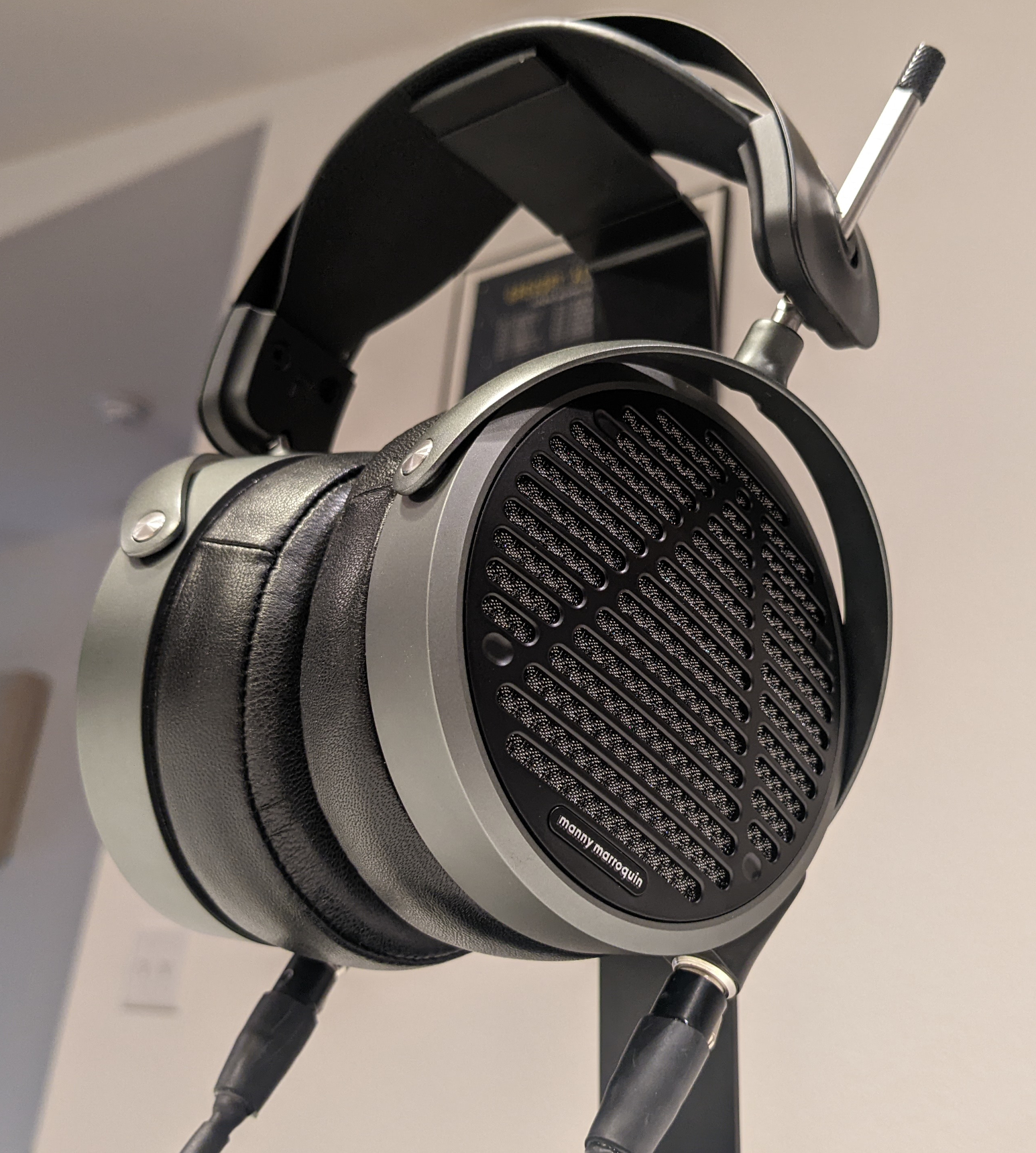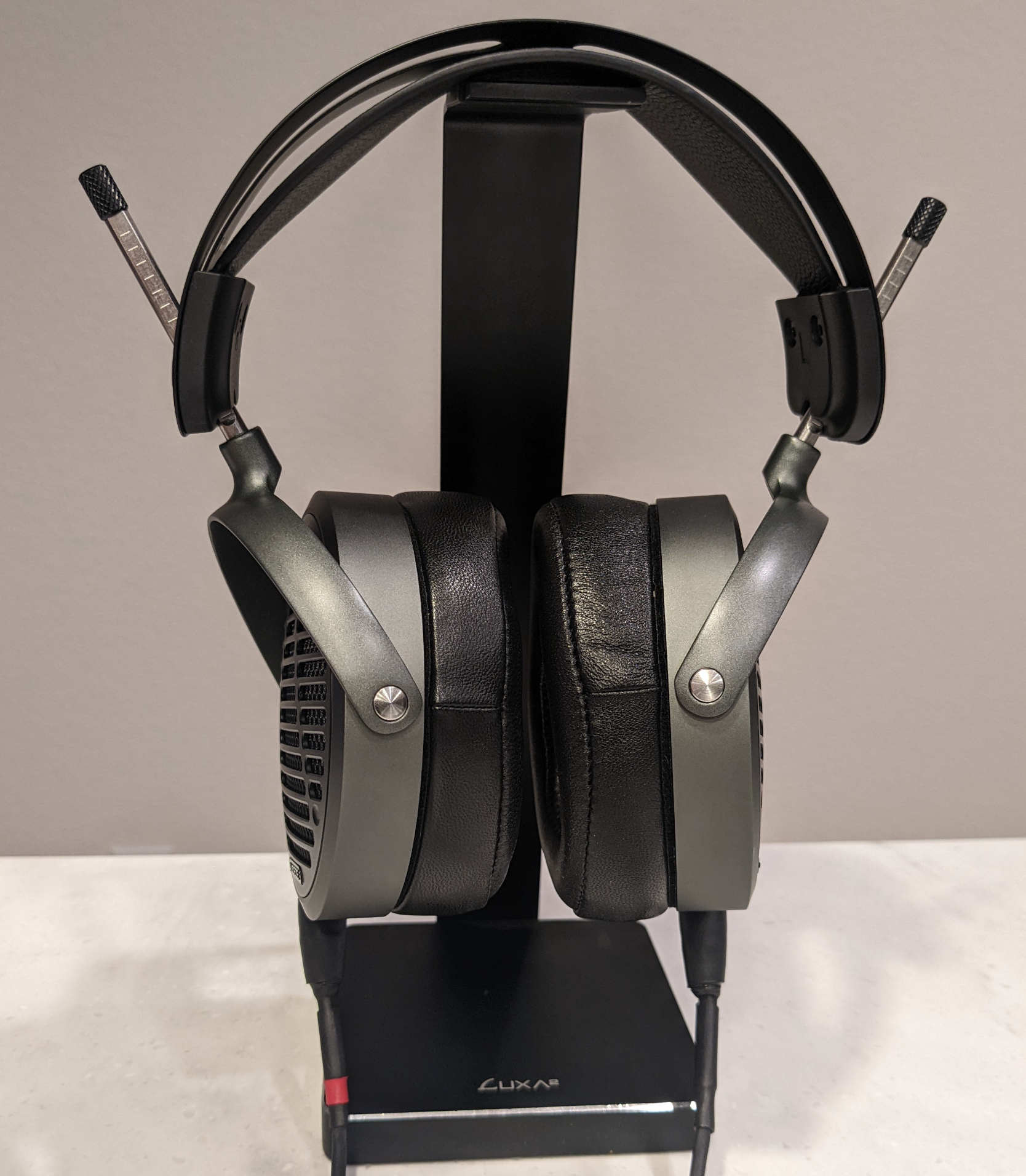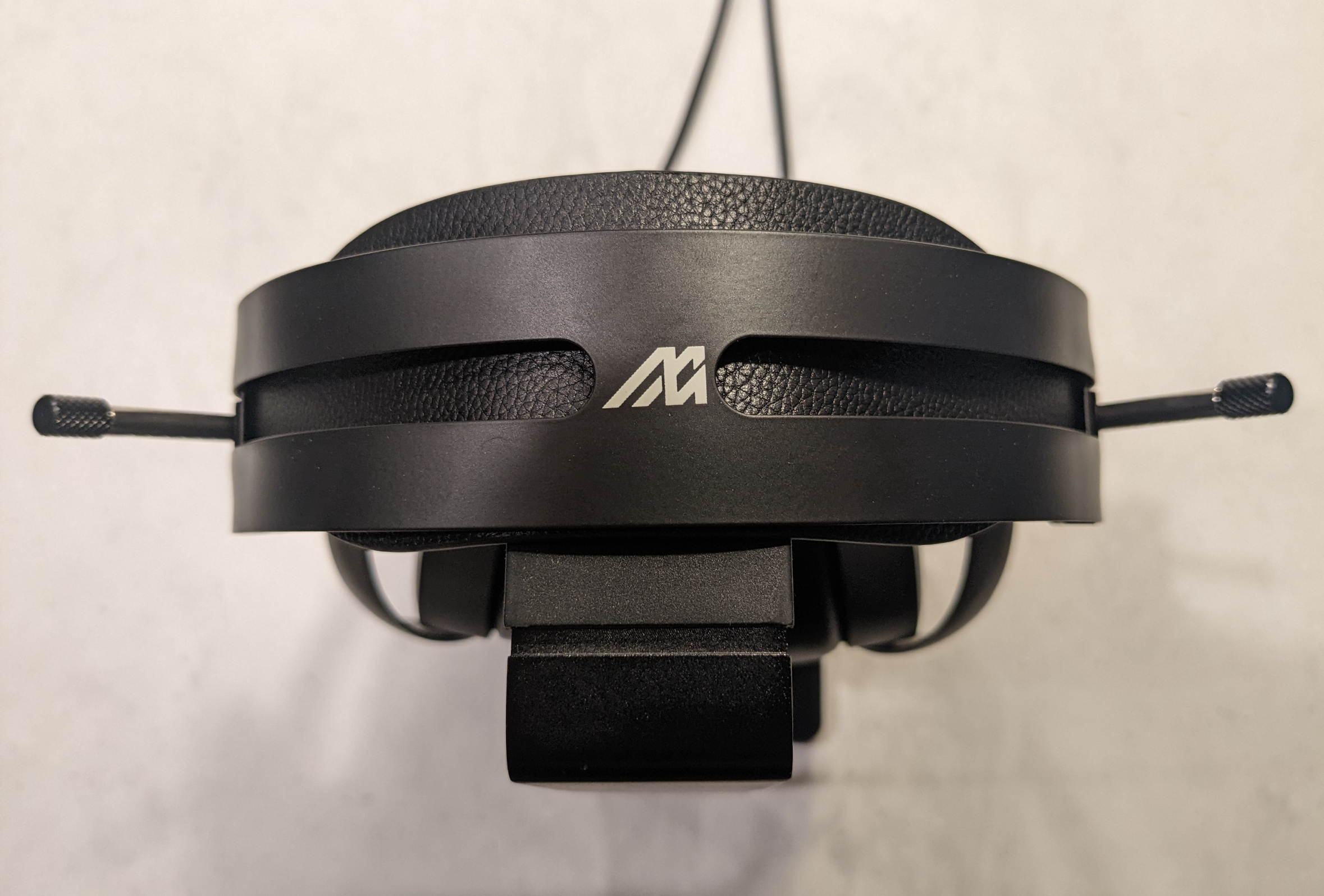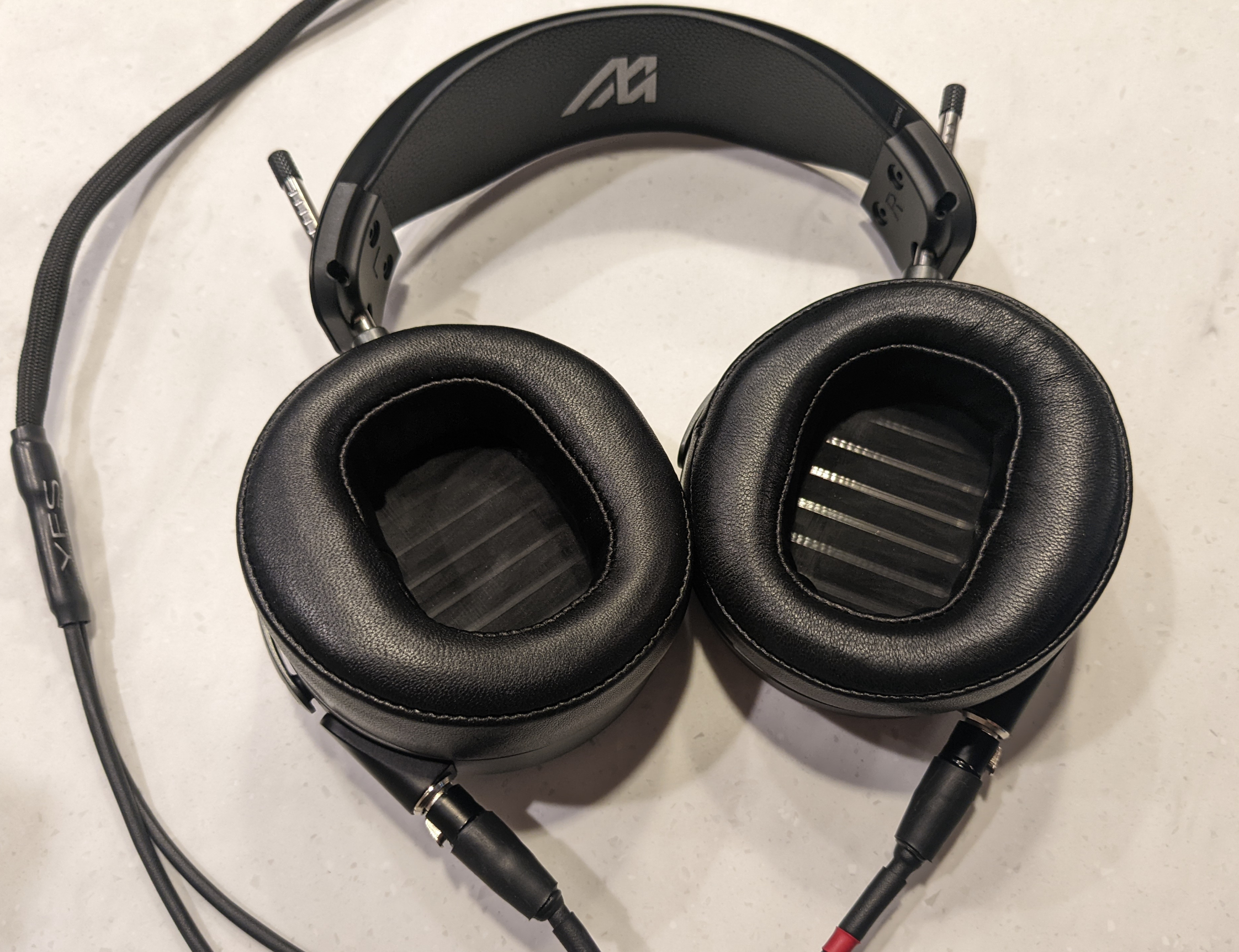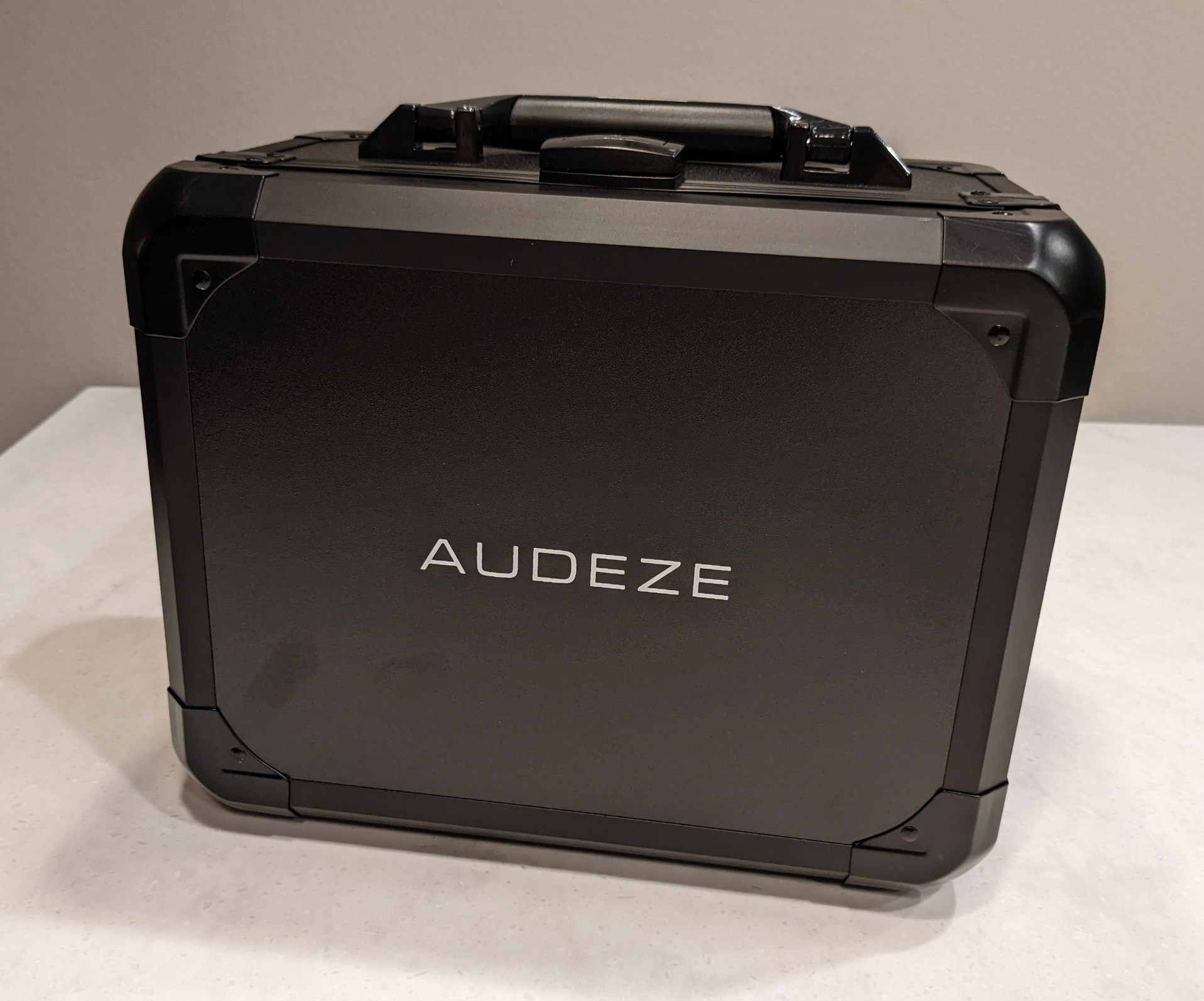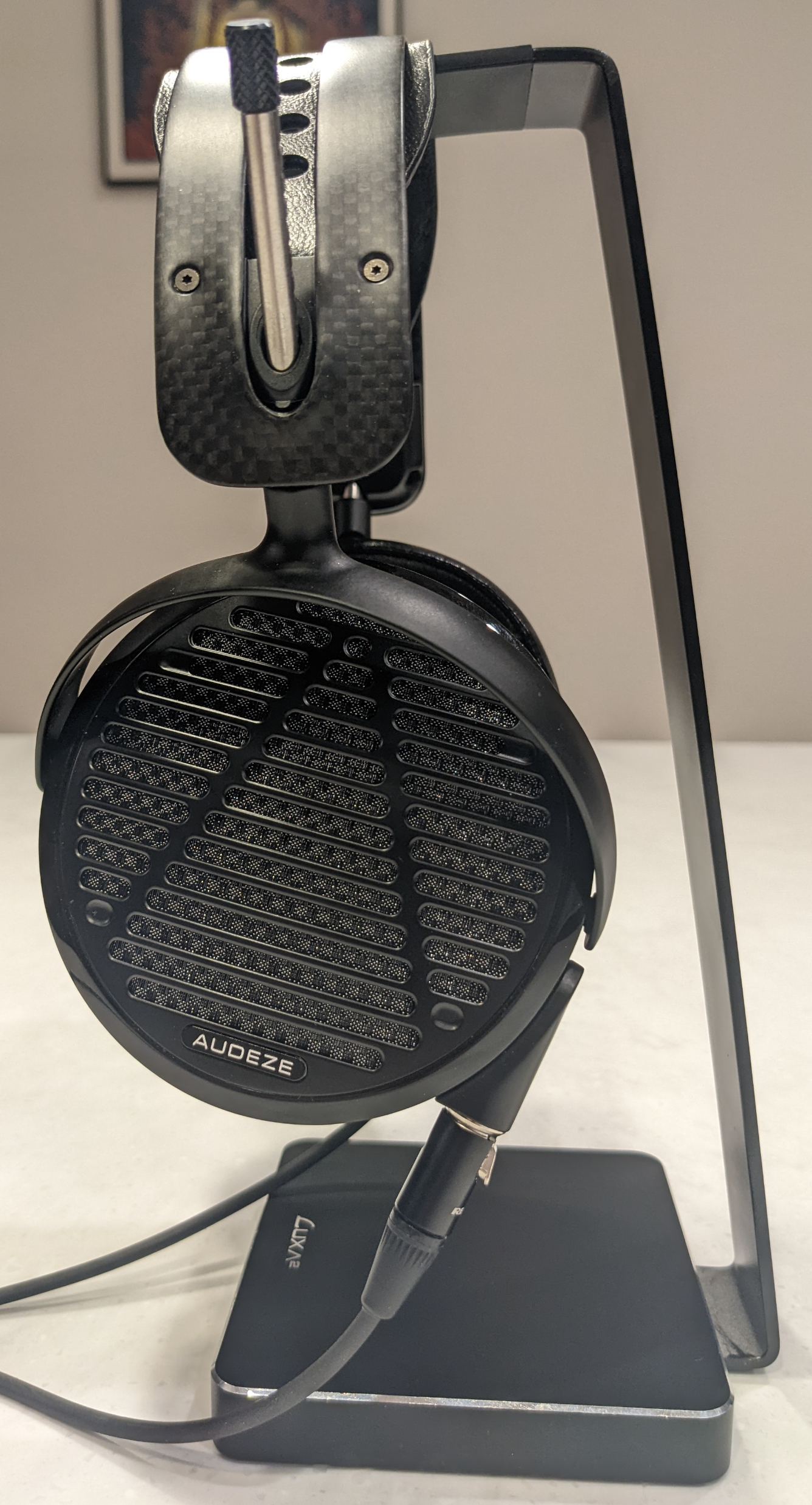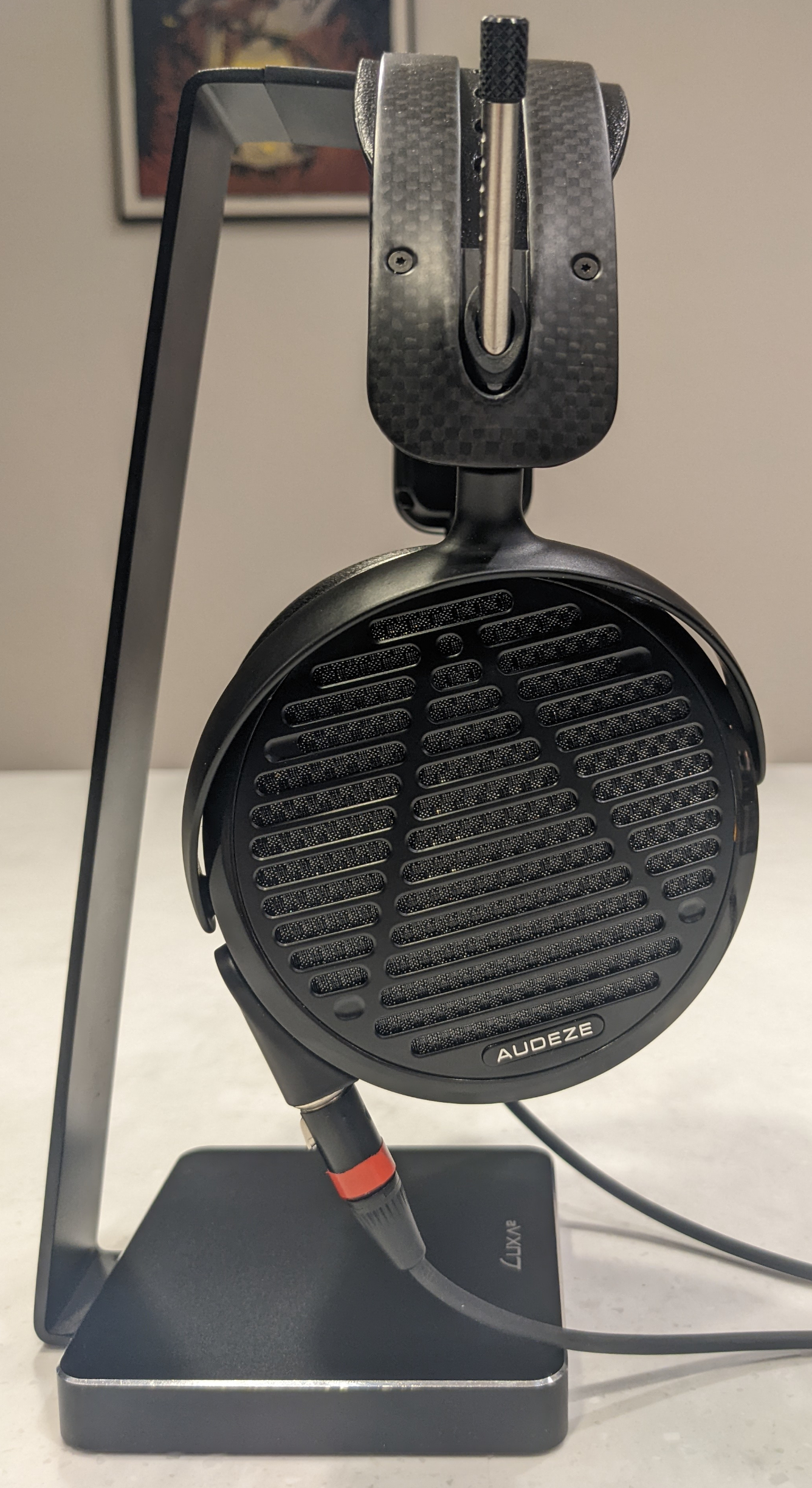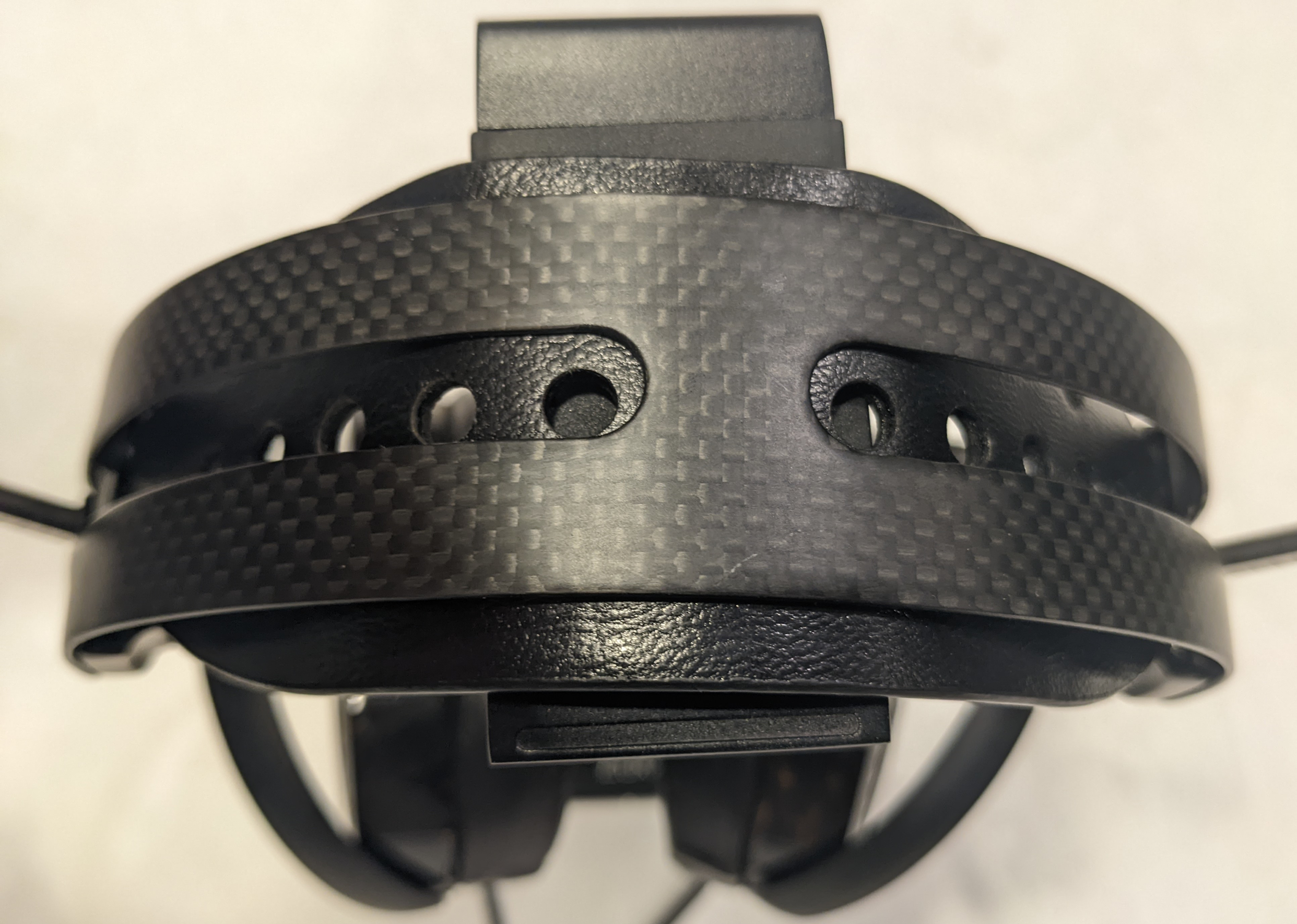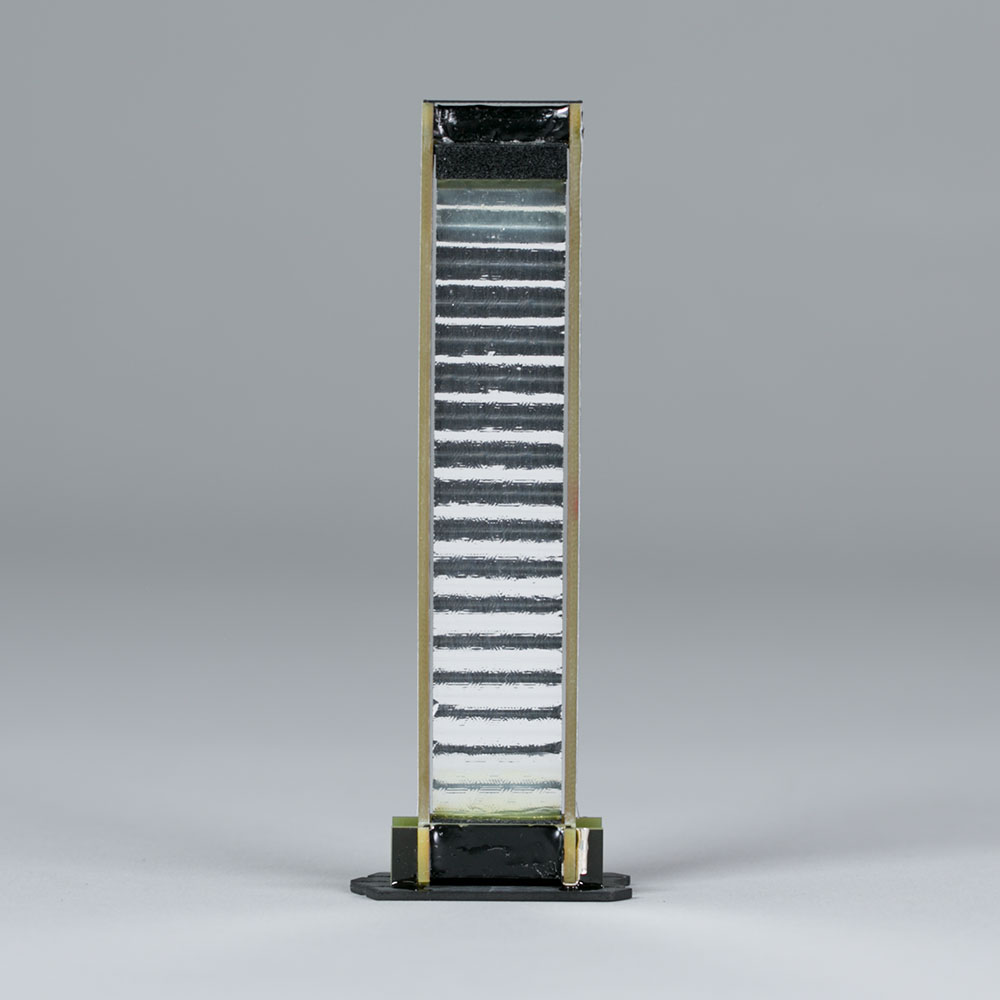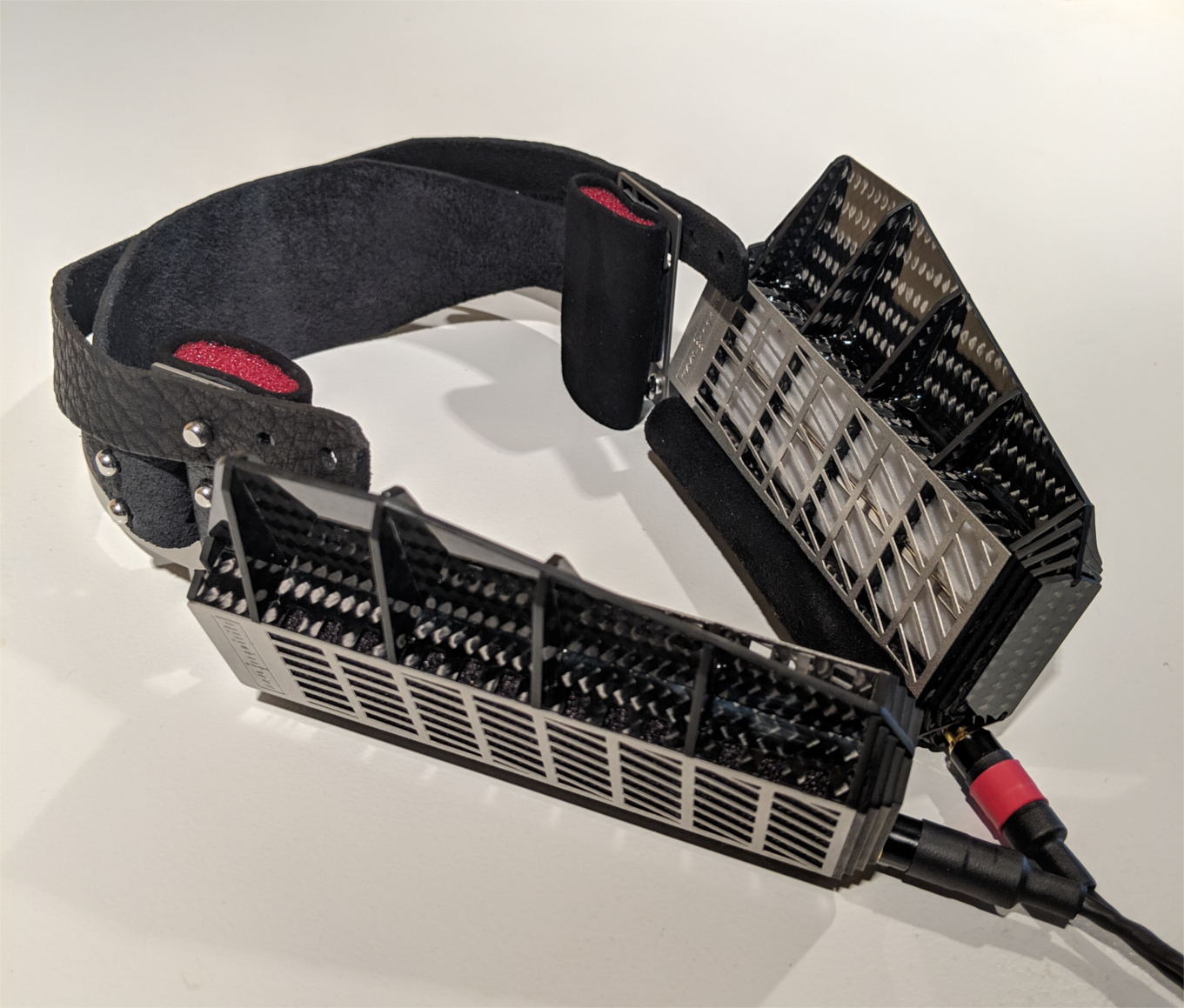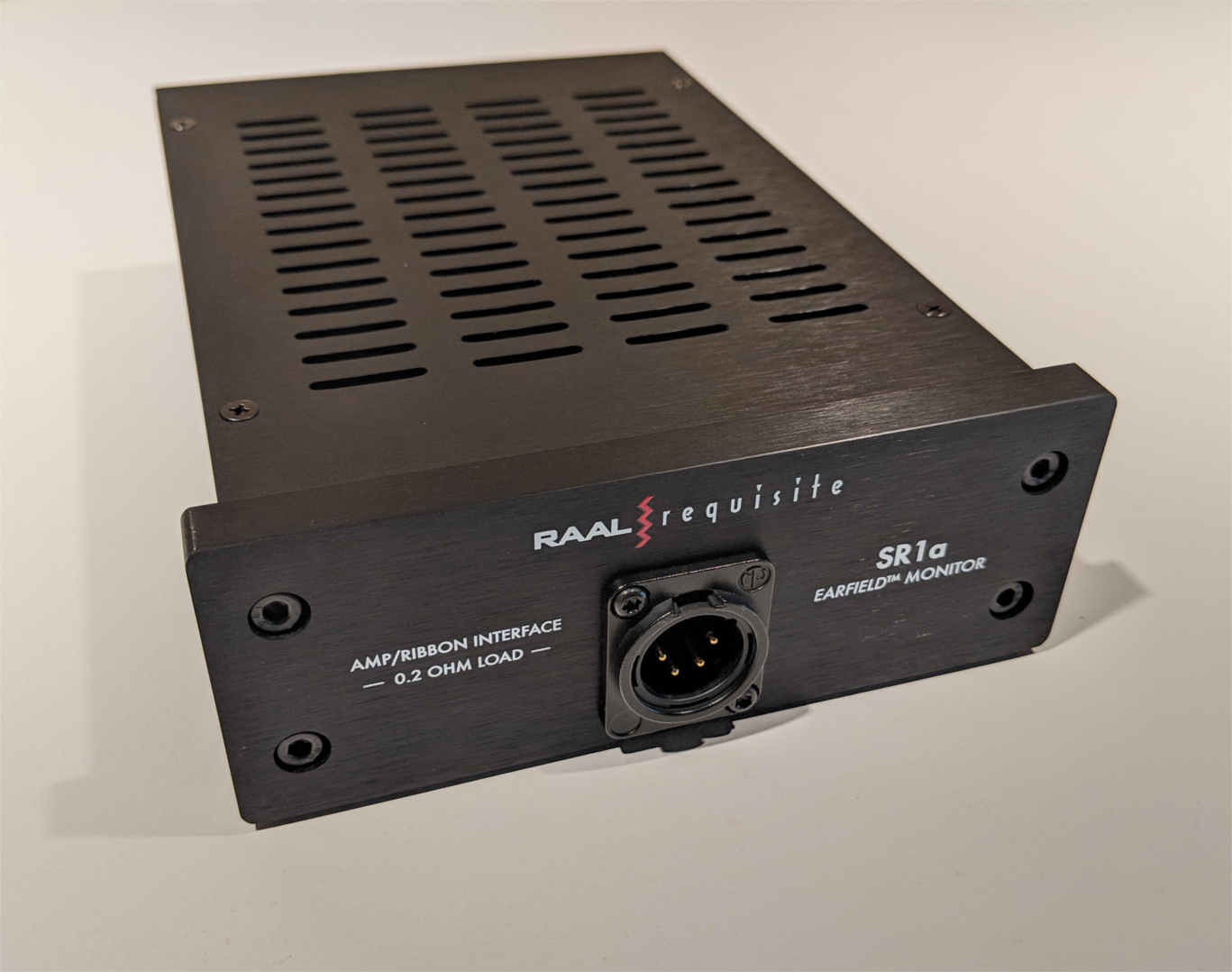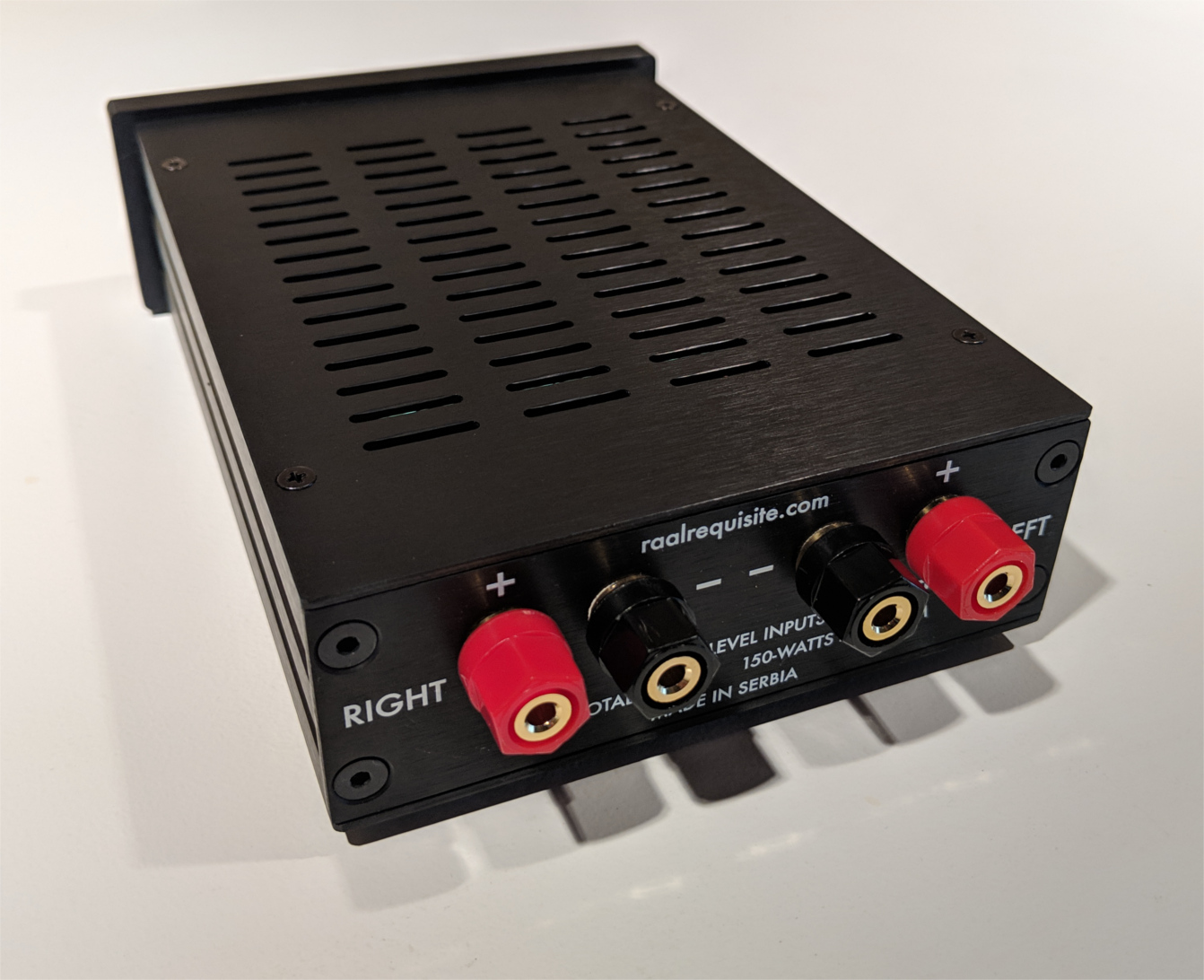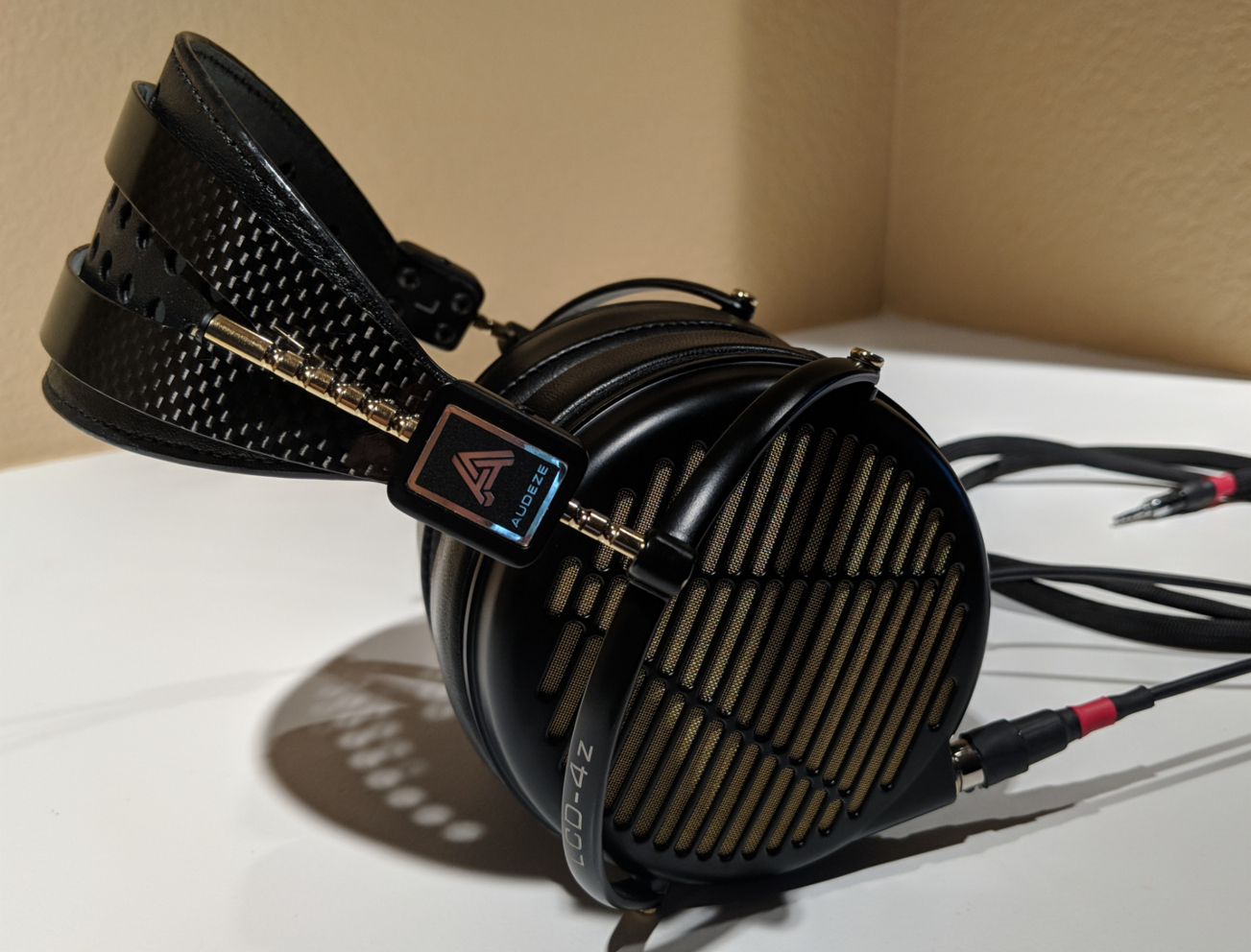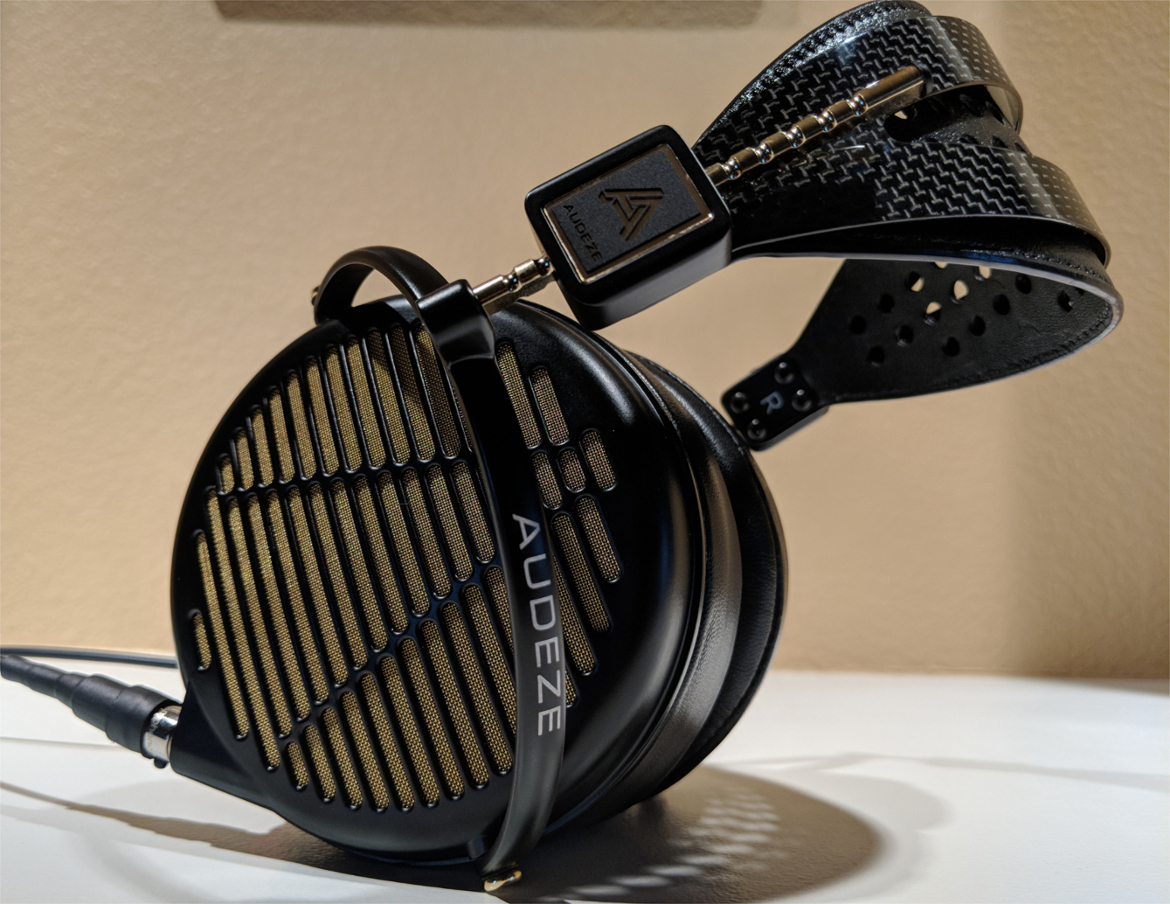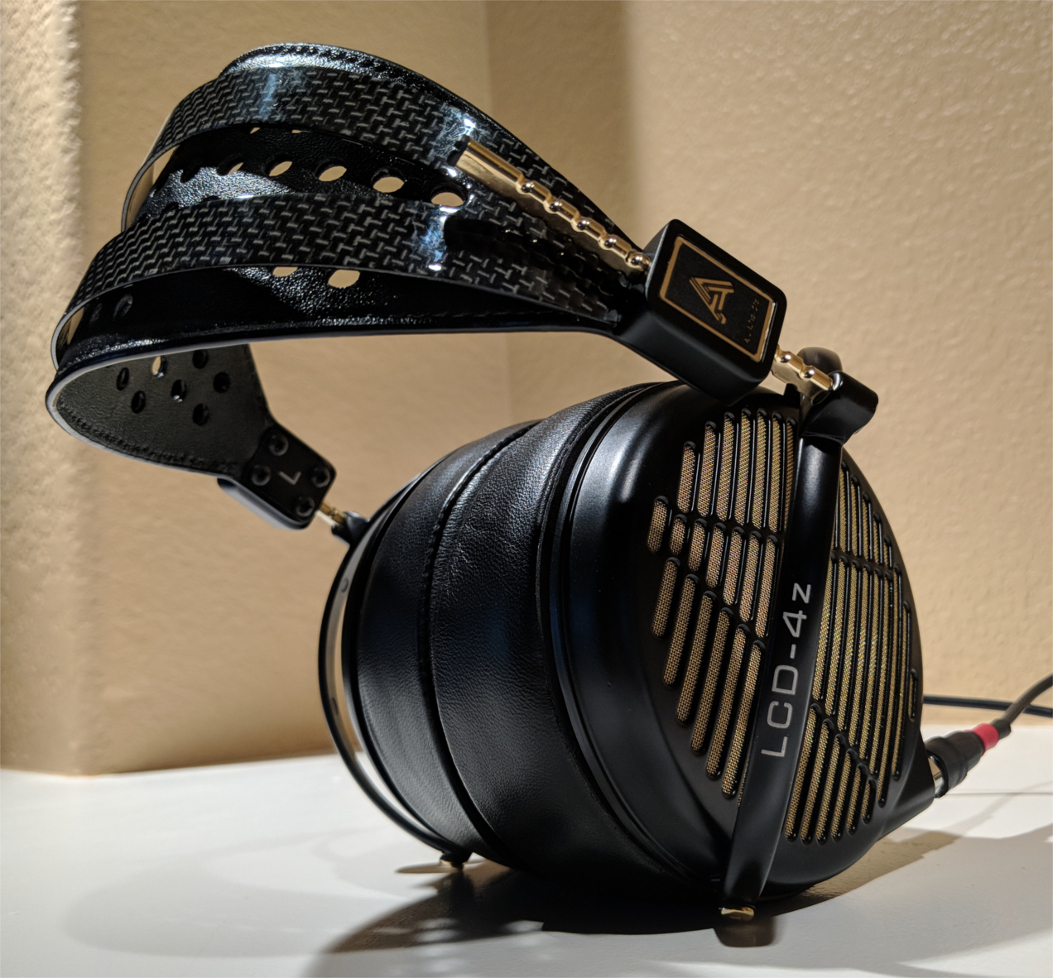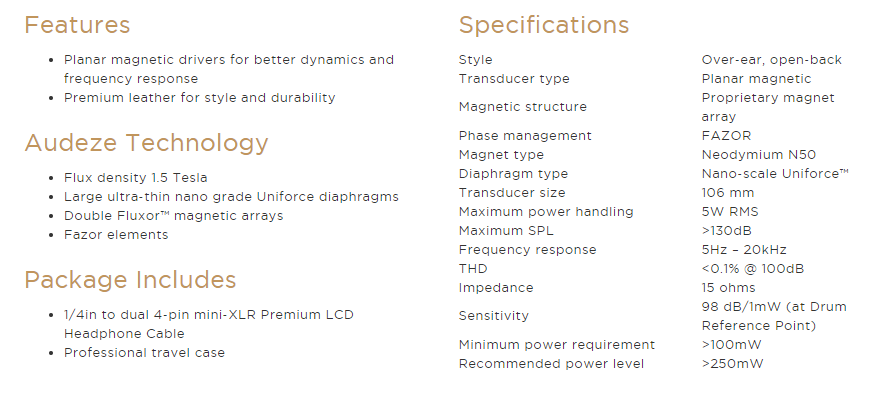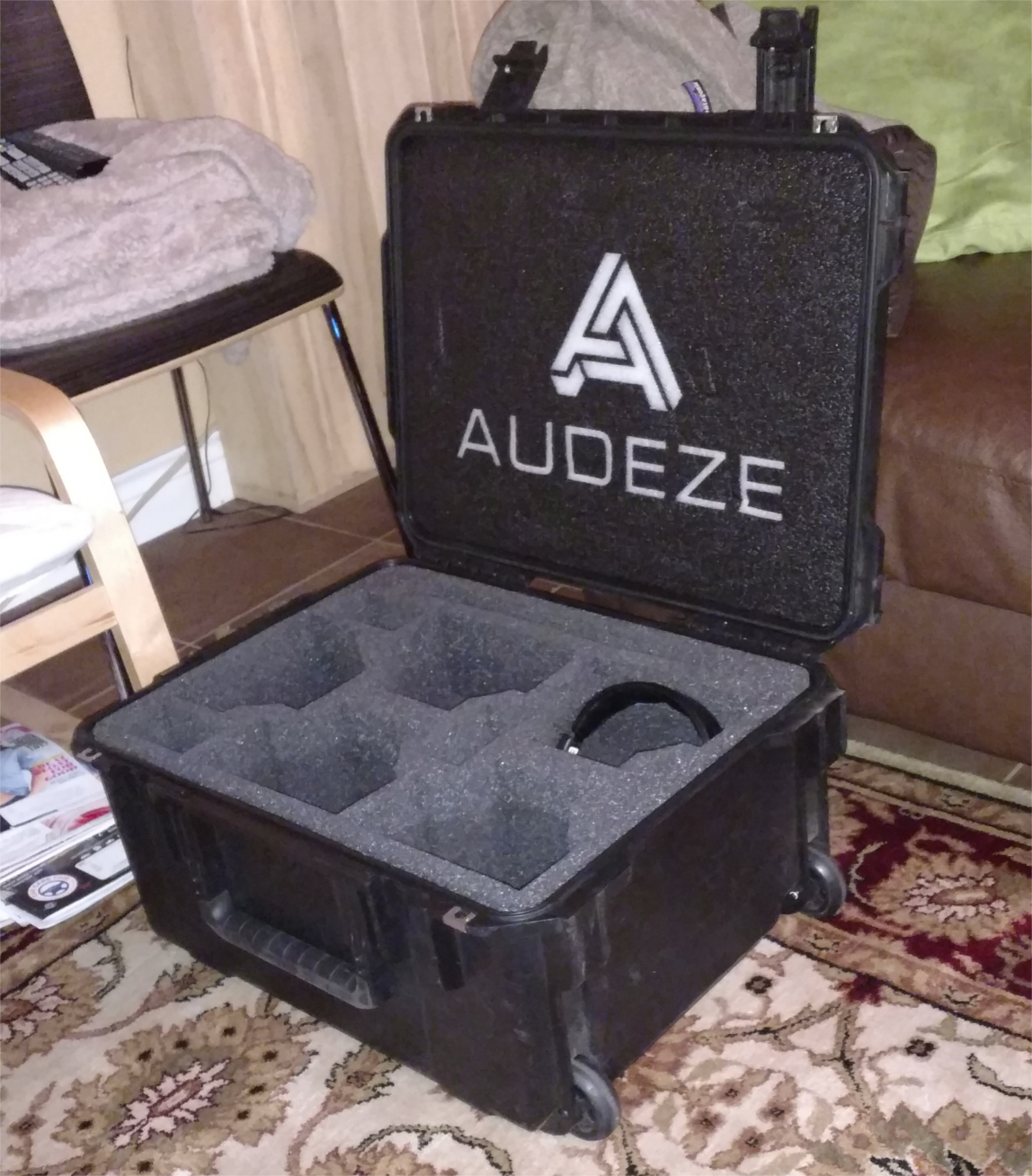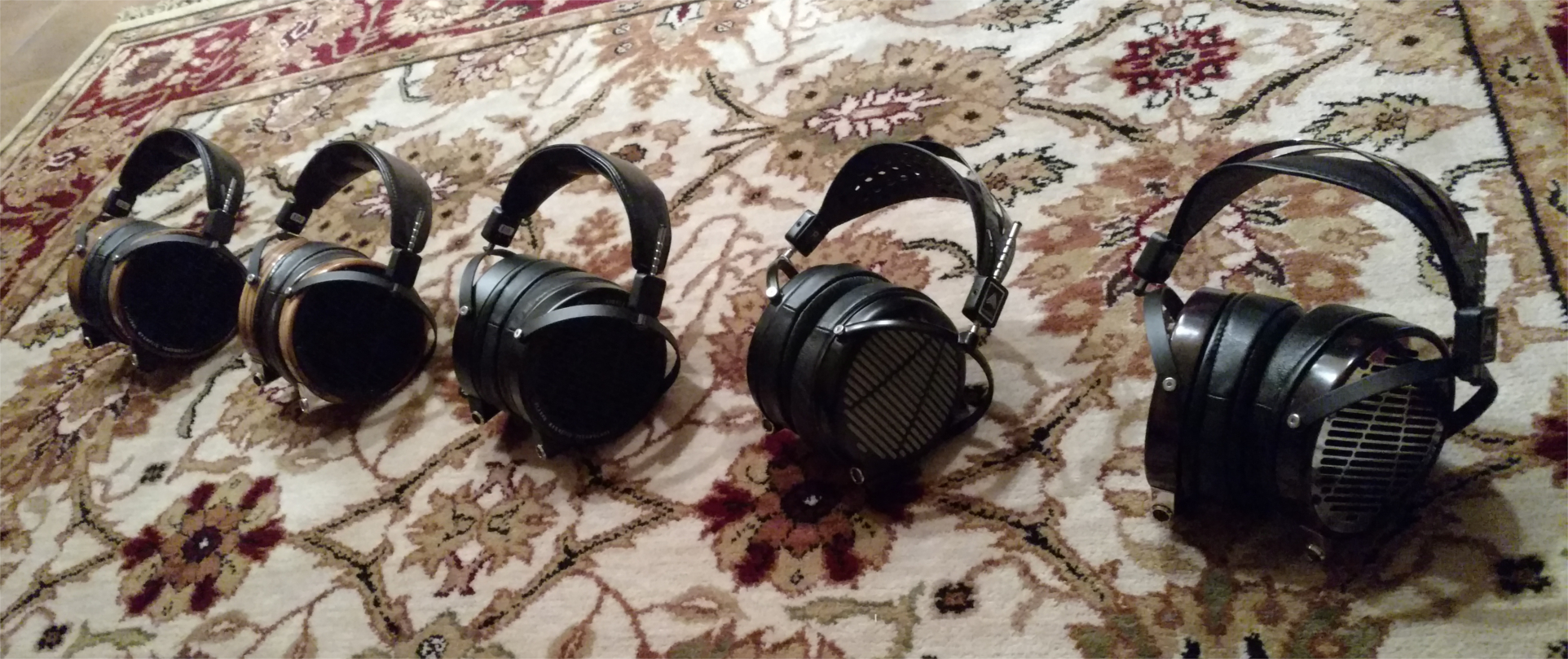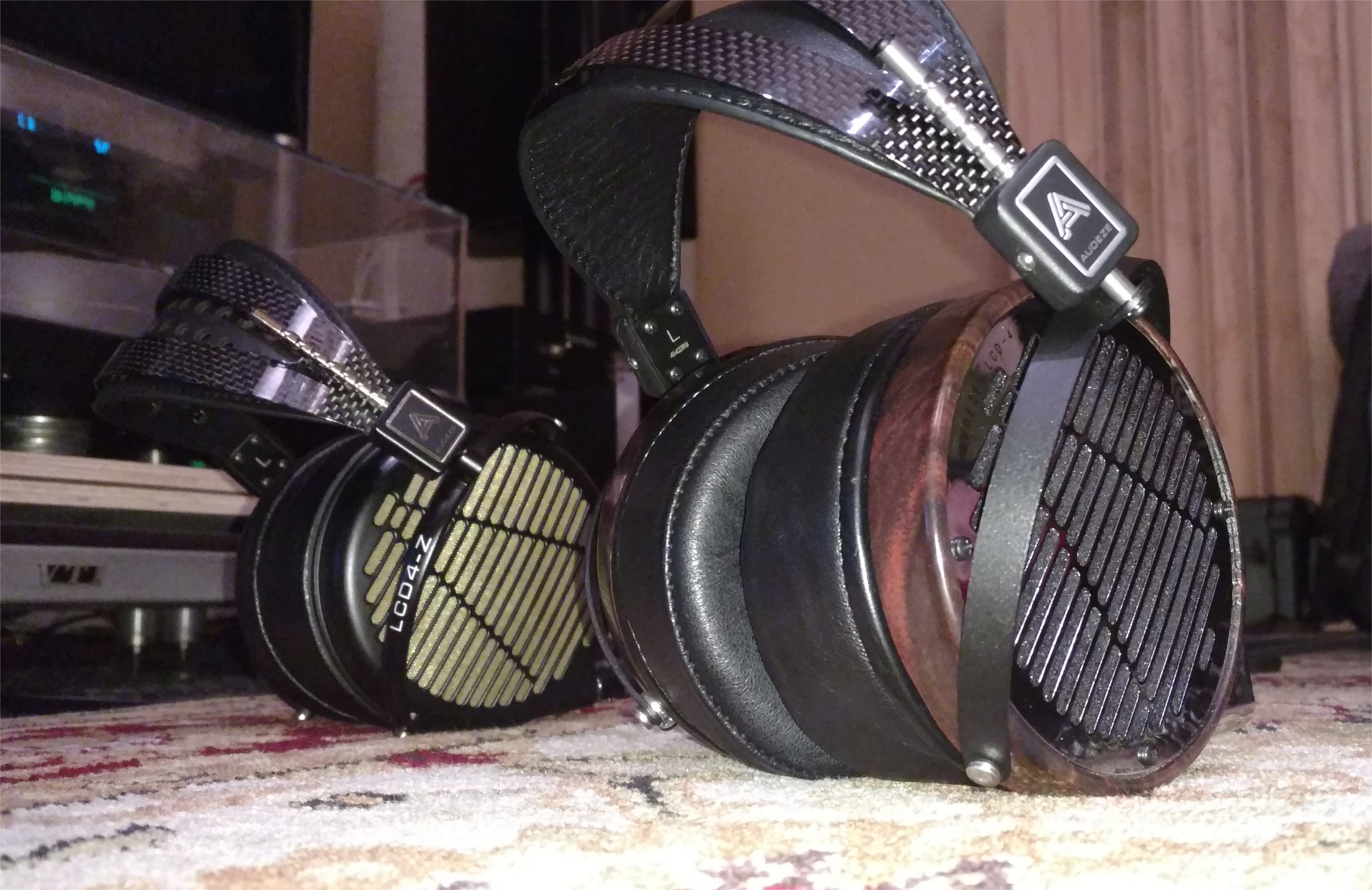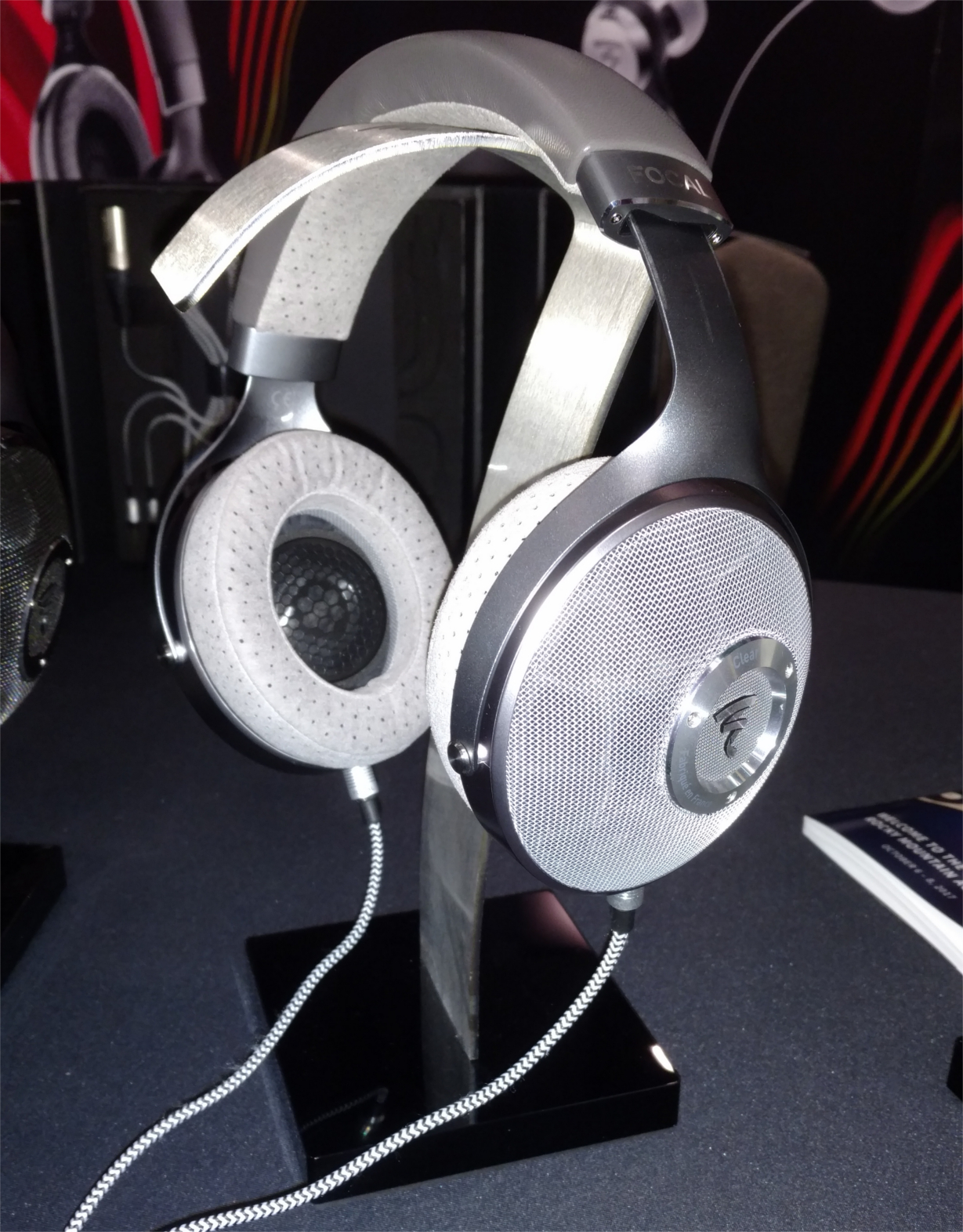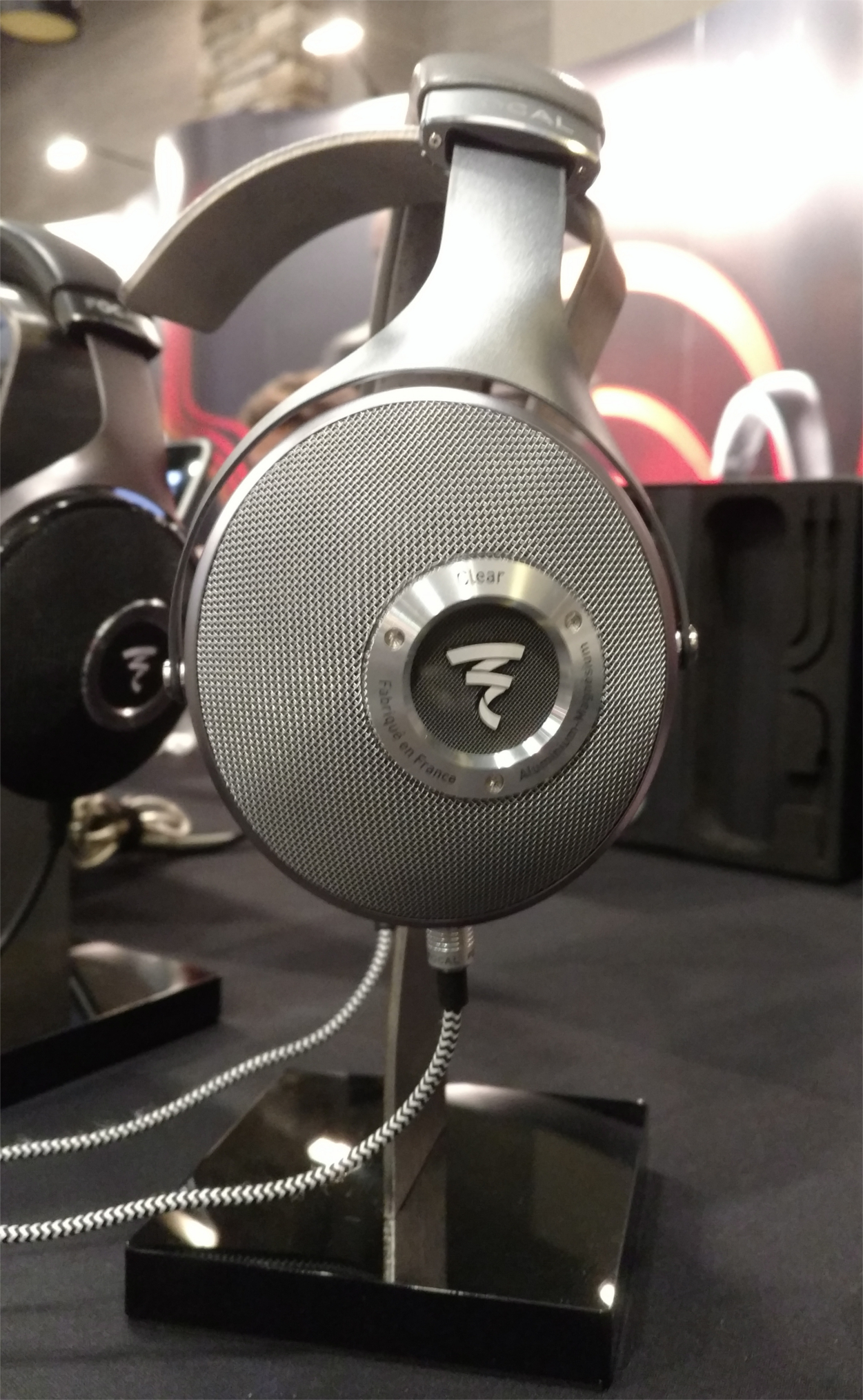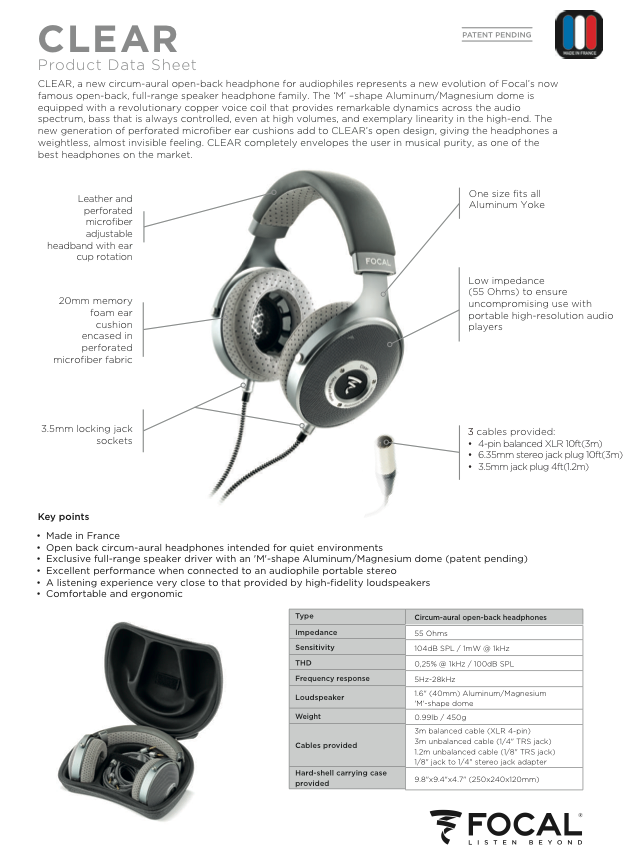Enter RAAL, a ribbon driver manufacturer based out of Serbia headed up by Alex Radisavljević. Alex has been submersed in audio since 1993 but has been designing and building ribbon drivers for transducers since 2007. These ribbon drivers are used by a plethora of HiFi speaker manufacturers including Salk, Nola, Ascend Acoustics, and Vapor Audio just to name a few. RAAL makes a killer ribbon driver and that's hard to argue at this point. Facts are facts.

Now enter Danny McKinney, president of Requisite Audio, based in Los Angeles. Requisite Audio fills the needs of the very demanding pro audio segment which deals with specialized gear for recording environments such as custom microphones and nearfield monitors. Danny is a very likable guy and never shies away from a great conversation about anything audio related. I first spoke to Danny just a few weeks prior to writing this article and we shared some interesting stories about headphones and our experiences in the Industry. I don't think I've had a better 'first impression' after speaking to someone for only half an hour.
Now, fast forward to the present. I have been looking for the next best thing as far as headphones are concerned after ending my relationship with Focal about 8 months prior. I had run into issues in relation to their Utopia headphones. My customers were, in some extreme cases, downright angry and felt betrayed by the way Focal was dealing with their unfortunate quality control problems. Focal made it right for all of my customers eventually, but not without some serious hoops to jump through to get there. That's not how you do business in a such a close knit community such as HiFi. To make a long story short, we both parted ways. I don't want to represent products that I can't stand behind with complete confidence.
How would I fill the void after losing a line like Focal? Well, find a headphone that performs on an even higher level than what was previously thought possible. Here's where Alex and Danny enter into the picture. Alex and Danny decided to partner up to form what is now known as RAAL-Requisite. The $3500 RAAL-Requisite SR1a is the product Danny and Alex came up with as a joint venture and it's definitely making a very big splash in the headphone world. In fact, the SR1a has set the bar for all other headphones in terms of performance to price ratio. Some would argue that the SR1a is THE top headphone to beat and can hang with the likes of the Sennheiser HE-1 (and may actually surpass it). That's a very bold statement!
So, how did I stumble upon the SR1a? One of my customers turned me on to them as a replacement for his recently sold Utopia. And boy, I'm so glad he did. Thank you Scott! After hearing his impressions on the SR1a, I knew I had to have them and see what they could do in my system. Scott emailed Danny and copied me on a message introducing both of us to one another. This is how I ended up meeting Danny.
Danny, being the nice guy that he is, brought YFS on as an authorized dealer after a simple conversation. That's how Danny works. No contracts to sign, no red tape, just a conversation and a 'virtual handshake' over the phone. That's how business should be done. After giving Danny my credit card information, he had a pair sent out to me immediately. Upon receiving the SR1a, I hooked them up to my system in my office and began to burn them in. My initial impression was 'Wow! These are super detailed yet not harsh or bright at all. These are dead neutral!" How is this possible? Ribbons are known for being a touch on the bright side in the 2 channel arena and must be matched properly with the appropriate gear to make sure they are not fatiguing. Well, not all ribbons work this way but the ones I have experience with do. Not so here.
50 hours later and the SR1a were even more neutral and just gave me a super clear picture of what I fed them. Play a bad recording and you hear the shortcomings of your music. But play a great recording and you get the best experience of that recorded event you can imagine. I really appreciate gear like this that is brutally revealing and honest. After all, these headphones were designed with the recording studio environment in mind where a mastering engineer would be using these to tweak and place the finishing touches on his or her creation. Fast forward to 250 hours and any hint of brightness or forwardness was now gone. The bass response was also stronger and more notable after break-in. So much for my previous experience with ribbons. I'm getting a completely different presentation than what I initially thought I would get with the SR1a which is quite impressive.
If the SR1a is a little on the bright side after break-in and you want to knock down the treble energy while enhancing the midrange and bass response, our custom hand-wound YFS 'Super 30' pure copper Litz cable will work perfectly and provide good synergy. Our YFS 'Super 30' Litz cable, when crafted specifically for the SR1a, contains double the standard conductor material to keep the cable impedance low and the current delivery as plentiful as possible. Just let us know if a custom YFS SR1a copper Litz cable is necessary and we'll twist one up for you without hesitation. Pricing depends upon the length of the cable. Feel free to contact us for lead times and to obtain a price quote for the specific cable length you have in mind.
How does one listen to a proper ribbon-based headphone anyway? Think of hanging a pair of tiny speakers in front of your ears. That's exactly what the SR1a is, a pair of ribbon drivers encased in a carbon fiber enclosure set in front of your ears. It's hard to imagine but this means you don't have traditional ear cups nor do you have traditional headphone sound. The sound coming out of the SR1a does not feel like it's coming out of a driver adjacent to your ears. It truly reminds me of a great pair of speakers situated extremely close to your head, like an extreme version of a studio nearfield monitor setup. I believe this is why Danny coined the term, 'Earfield Monitor' for the SR1a as that's the most accurate description I could come up with if you asked me to describe them. This unique design equates to the sound staging not being constricted at all. The SR1a feels like an 'out of head' experience.
How does one drive a headphone like the SR1a, which presents a 0.2 Ohm load, with even the most powerful amplifiers available? RAAL-Requisite provides an 'interface box' that sits between the headphone and the amp. This small black box has a male 4-pin XLR connector on the front faceplate and a standard set of twistable locking binding posts (just like you would find on the rear of a 2 channel stereo amplifier) on the rear faceplate. Banana plugs or spades will work with the interface box. This black box allows the user to mate their favorite speaker cables to their favorite amplifier without fear of damaging any of their components in the process. RAAL-Requisite also employs a female 4-pin XLR connector on the amp-side of the factory headphone cable which means there's no way to plug the SR1a into a standard headphone amp. Most standard balanced headphone cables use a male 4-pin XLR connector instead of a female one. You have to admit, that's pretty darn smart.
Okay, so now that we know how the SR1a sounds, how does it feel sitting on top of your head? The SR1a rests on your head via two genuine leather straps held together with a metal headband. The main larger leather strap sits on top of your head like a traditional 'suspension style headband' but the smaller leather strap goes behind your head to keep the SR1a from sliding forward. I noticed during my listening sessions that the small strap could be placed on top of the large leather strap to make the SR1a sit on the top of your head like a traditional headphone. I have not decided whether I like them better with the small strap engaged behind my head or sitting on top of the larger leather strap. The jury is still out on which resting position I prefer.
The SR1a is a very comfortable and particularly lightweight design. Since the drivers do not encompass your ears via ear cup pads like a standard headphone, I never found myself wanting to take them off. Without ear cups, your ears and head will not get sweaty during long listening sessions. This is a major bonus. Small lined pieces of foam are attached along the front / top of the driver enclosures which allow the ribbons to 'lay' next to your ears. These pads make contact with the sides of your head while listening. I did not find the pads overly annoying at all. Overall, the SR1a may need to be refined as far as fit and finish goes, but I personally think these cans are a home run right out of the gate.
Another very handy feature of the SR1a is the ability to adjust the toe-in of the drivers in relation to your ears and head. The drivers are mounted to the headband via a rotating swivel point which provides enough resistance to stay in place when rotated to the exact position you desire. After playing with the angle of the drivers for several hours, I ended up keeping them almost as flat as possible with only a slight amount of angling outwards from my ears. I am thinking this specific orientation may be tricking my brain into thinking the SR1a is an actual headphone more so than the other positions I tried. More time will be needed to settle on a final driver angle position but for now, I'm very happy with what I'm hearing.
How will the SR1a hold up over time? The ribbon drivers are rated to last several thousands of hours but will need to be replaced once this finite period of time is reached. Not to fear, on the RAAL-Requisite website you will find replacement drivers for $350 a pair. If you should happen to need your drivers replaced in an extraordinarily small amount of time (abnormally low hours of operation), that instance is covered under the 5 year warranty. If you are in doubt about specific timeframes for driver life or have any specific questions about warranty, it's always best to contact RAAL-Requisite directly. The replacement ribbon cartridges can be replaced easily by the end user by simply removing the old drivers and sliding the new ones in their place. This takes all of 30 seconds which also means there's no need to send in the SR1a for warranty / repair as this can be done at home after parts arrive from the manufacturer. This isn't exclusive of the drivers either. Replacement pads, interface boxes, the Pelican travel case, and a factory replacement cables in various lengths (spanning from 7 feet to 14 feet) are available from the SR1a accessories link on the company website. These finer points show that the SR1a is a special product. It appears Alex and Danny have thought of almost everything.
Let's talk about what you'll need to get the most out of the SR1a should you decide to give them a shot. Danny recommends a stereo amplifier with at least 150 Watts of power into a 4 Ohm load. This means any solid state integrated amp or preamp/ amplifier combo should work just fine as long as it adheres to the above specifications. Tubes are more than welcome as well. The guidelines for tube amplification are a little less stringent as tube amplifiers do not clip the same way when they are stressed like a solid state amp does. This means a 75 Watt to 100 Watt tube amp or integrated amp should do well for amplification duties. The interesting thing about the SR1a that surprised me the most is that super high-dollar amplifiers and preamps are not needed to get an amazing listening experience. That translates to not having to spend thousands of dollars on electronics to mate your source to these babies. In fact, your source / DAC is more important when it comes to selecting gear for the SR1a than the amplification which should really help listeners if they are on the fence about whether or not the SR1a is for them.
Another interesting thing to note here, which is also a sign of great gear in my opinion, is that the SR1a are VERY receptive to changes in gear and cables. Switch out your speaker cables and interconnects and you will notice a change immediately. This means the SR1a is a great tool for cable and equipment designers. The SR1a allows us to 'voice' our products and tweak them until they sound the way we want them to without straining to hear differences.
If there was anything to complain about regarding the SR1a, it would be the overall look of the headphone. There's no way around it, the SR1a look like something out of a Star Trek episode! But, this is hardly concerning once you hear what they can do. So, in a nutshell, there's really nothing to complain about at all. RAAL-Requisite has a winner on their hands and the rest of the competition has a lot of work to do to catch up, if they can...
Until next time...
- YFS Review Team

